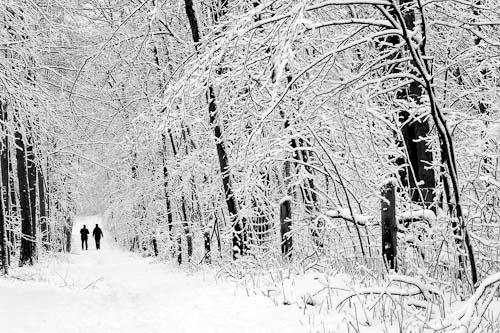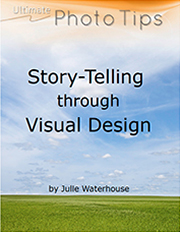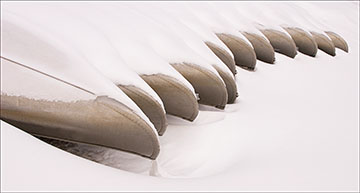Find tips on picture composition to help you create more compelling images. Hone your skills in seeing, choosing, arranging and framing picture elements. What are the rules of composition in photography, and when should you break them?
Contents:
- What is Composition?
- Why is Good Photo Composition Important?
- Aspects of Photography Composition:
- Visual Design Elements
- Rules of Composition
- Cropping Photos
- Photograph Composition Examples

© Julie Waterhouse Photography
What is Composition?
Before striving for any goal, it’s a good idea to define it clearly. So, before you can achieve good composition in photography, you need to understand what that means. What is composition, anyway?
Why is Good Photo Composition Important?
Picture composition is one of the most important aspects of a great photograph. What you include in the image (and what you don’t), and how you arrange the elements within the frame, contribute significantly to the overall success of the image. Will it have impact? Will it convey your message?
The purpose of making a photograph is the effective expression of facts, ideas, or feelings. Whatever the photographer is trying express guides the photography composition. Two photographers shooting the exact same scene at the exact same time may choose entirely different compositions, each to reinforce their personal interpretation of the scene. For example, two photographers shooting the streets of Manhattan may each have a different story to tell. One might get down low with a wide angle lens to emphasize a homeless person in the foreground, contrasting poverty and wealth in the city. The other photographer might shoot a horizontal frame to take in all the skyscrapers and the big city skyline. There’s no right or wrong, but the elements included, and the perspective taken, should serve to strengthen the story being told.
All this implies that you actually do have a vision, or a story to tell with your image. In fact, that’s one of the first keys to making a good photograph. Understanding why you want to take the picture, and analyzing what has attracted you to the scene, allows you to emphasize the right elements in your picture so that your message is conveyed to the viewer.
Once you master the different aspects of good photography composition, you can begin to make deliberate choices about how you use them to express your own vision.
Aspects of Photography Composition
Visual Design Elements

Check out our helpful, informative eBook
for in-depth tips on composition
and visual design!
Visual design elements are the fundamental building blocks of your image. They include light, lines, shapes, texture and perspective. All images can be broken down into these elements. Each one can be used to convey information. These elements form the visual vocabulary you use to speak your message.
Photography Rules of Composition
Once you understand the vocabulary of images, in the form of visual design elements, you then need to understand the grammar. How you assemble the elements together determines whether the final image “works” or not. In fact, the photography rules of composition are not hard and fast rules; rather, they are guidelines that you can use to combine your picture elements so that you tell your story most effectively. You need to be aware of them, but they cannot guarantee a good image. It’s up to you to learn when to apply them — and when to break them. This comes through
practice and experience. Here are some rules for you:
- Simplify!
- Eliminate Distractions
- Photography Rule of Thirds
- Positioning Your Subject
- Visual Weight
- Major-Minor
Cropping Photos
Cropping photos refers to removing parts of the photographs to emphasize the subject and remove distractions. What you choose to include in (and exclude from) your image sends a strong message about what you want to call attention to. Where you place the boundaries of the image, relative to the individual elements within it, contributes to the overall design of the image. And that design underlines the image’s message.
Abstract Photos
Make sure you don’t get too boxed in by all the rules! It’s still important to be creative and retain your own personal vision. Check out this article on abstract photos by guest writer Larry Monczka. He provides some specific techniques to help you take abstract photos of nature that go beyond the straightforward record shot.
Photograph Composition: Examples
Nothing’s better for your understanding than looking at examples, and seeing whether you can apply what you’ve learned. Check out the following examples of Photo Composition to see whether you’ve made sense of the rules.

© Julie Waterhouse Photography

Check out our helpful, informative eBook
for in-depth tips on composition
and visual design!
Next, you may want to visit the definition page: What is Composition?